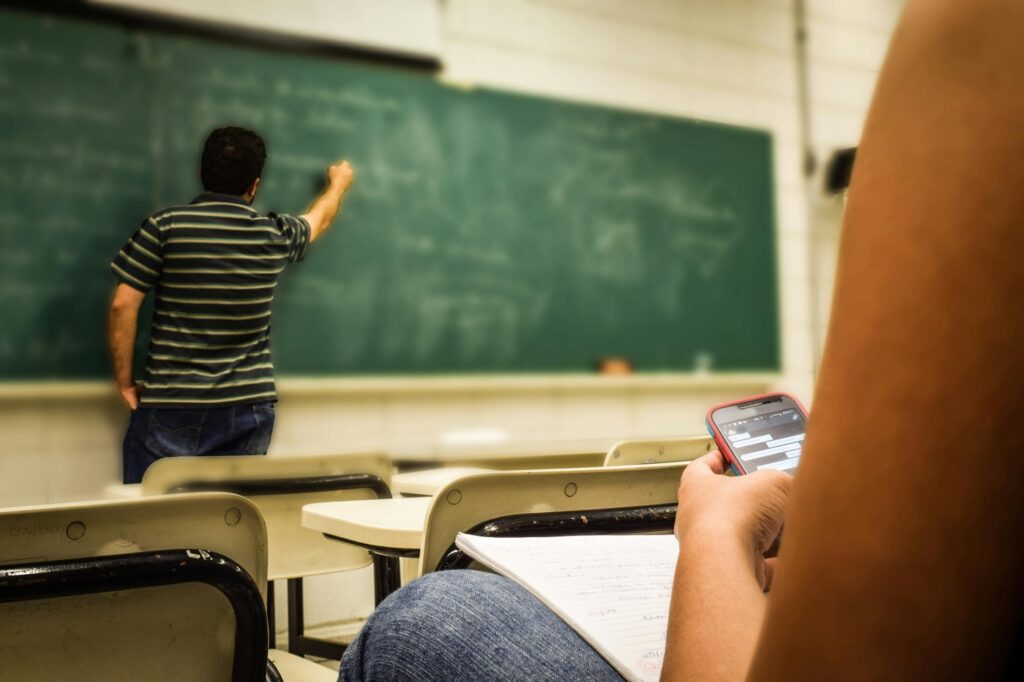Engaging the community with an elementary school can significantly enrich the educational experience for students while fostering a strong sense of unity and support within the community. Activities that bridge the gap between schools and the broader community not only enhance learning but also encourage collaboration, respect and mutual understanding. Here are several activities designed to include the community with an elementary school, creating a vibrant, interconnected environment conducive to growth and learning for all.
Arts and Cultural Festivals
Multicultural Festivals
Organize a festival that celebrates the diverse cultures within the community through food, music, dance and art. This can be an educational experience for students and a delightful event for community members, enhancing cultural appreciation and inclusion.
School-Community Art Exhibits
Collaborate with local artists to create art exhibits that feature student and community artwork. This showcases local talent and encourages students to express themselves creatively. Schools can include fundraising through concessions sales, ordering through bulk candy wholesalers and providing an inexpensive way for the locals to help the school.
Community Service Projects
Neighborhood Clean-Up
Organize a day where students, teachers and community members come together to clean up local parks, streets or beaches. This activity teaches children about environmental stewardship and instills a sense of community pride and responsibility.
Intergenerational Programs
Partner with local senior centers or nursing homes to create programs where students and seniors can learn from each other. Activities could include story sharing, tech tutoring by students, art projects or joint participation in community events. These interactions can provide valuable learning experiences for students and combat loneliness among the elderly.
Cultural and Educational Exchanges
Local History Projects
Engage community members to share stories, artifacts and history about the local area. Students can create projects based on this information, such as exhibitions, presentations or written history books of the community. This activity not only educates students about their local heritage but also values the knowledge and experiences of community members.
Career Day
Invite professionals from various fields within the community to talk about their careers, the education required and what a typical day looks like for them. This can help students understand the connection between their education and future career possibilities.
Environmental and Sustainability Initiatives
Community Gardens
Establish a community garden on school grounds, inviting students, parents and community volunteers to participate in its creation and upkeep. This project can teach students about botany, nutrition and the importance of sustainability while producing fresh produce that can be shared with local food banks or used in school meals.
Recycling and Sustainability Workshops
Host workshops led by community experts on recycling, composting and sustainability practices. These workshops can include hands-on activities that make learning fun and impactful, promoting environmental consciousness from a young age.
Building Partnerships
Adopt-a-School Programs
Encourage local businesses or organizations to “adopt” the school, providing resources, volunteers or financial support for school projects. This partnership can lead to improved educational resources for the school and meaningful community engagement for the business or organization.
Community Advisory Boards
Create a community advisory board that includes parents, local business owners and community leaders to advise on school initiatives and projects. This ensures that the school’s efforts are aligned with community needs and goals, fostering a collaborative relationship between the school and the wider community.
Incorporating the community into elementary school activities presents abundant benefits for students, educators and community members alike. Through these collaborative efforts, schools can become vibrant centers of learning, cultural exchange and mutual support that enrich the lives of all involved.

